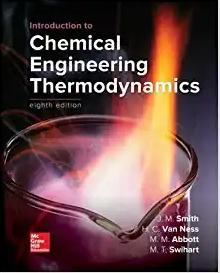Answered step by step
Verified Expert Solution
Question
1 Approved Answer
This is the third time that I have sent the question. I do not want to like the solution on the site because it is
 This is the third time that I have sent the question. I do not want to like the solution on the site because it is wrong And I don't want to explain. If you don't know the answer, please leave it. Interaction engineering
This is the third time that I have sent the question. I do not want to like the solution on the site because it is wrong And I don't want to explain. If you don't know the answer, please leave it. Interaction engineering
Step by Step Solution
There are 3 Steps involved in it
Step: 1

Get Instant Access to Expert-Tailored Solutions
See step-by-step solutions with expert insights and AI powered tools for academic success
Step: 2

Step: 3

Ace Your Homework with AI
Get the answers you need in no time with our AI-driven, step-by-step assistance
Get Started


